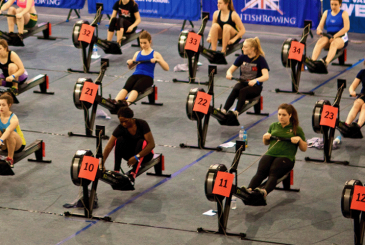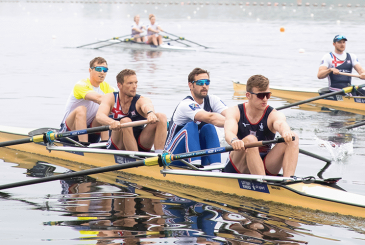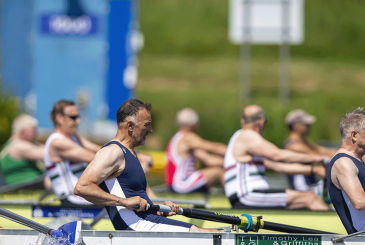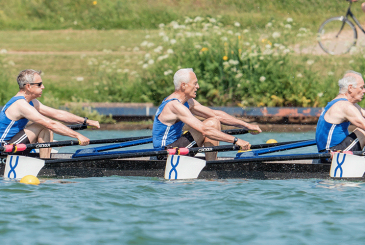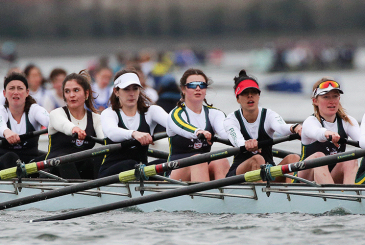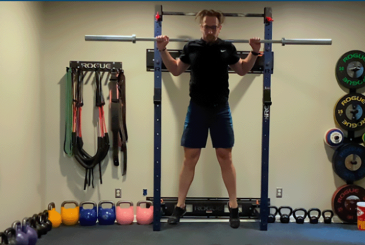Gareth Turner, GBRT Sport Scientist, explores the research behind taking a prolonged break and returning to training
This is a chance for the body and mind to rest, repair and gain strength for 2022.
The effects of a prolonged break, or period of detraining, has been discussed previously, citing a study by Godfrey et al. 2005. The study tracked the fitness of an elite rower after the Sydney Olympic Games, concluding that detraining over an eight-week period was pronounced and that retraining took considerably longer to achieve than the initial detraining. You might therefore be thinking, “What is the minimum required training to maintain endurance adaptations?”
By completing just 20% of your normal training volume, you may mitigate some of the expected losses in fitness
In a study of world-class kayakers, during a five-week detraining period, some athletes were instructed to complete 2 x 40 minutes moderate-intensity endurance training plus one resistance training session per week, and others were instructed to do nothing. During this time, the athletes who completed 3 x training sessions per week were able to attenuate the decline in fitness markers, compared to those who did no training at all. So, by completing just 20% of your normal training volume, you may mitigate some of the expected losses in fitness.
A recent presentation, by sports scientist Dr Ross Tucker, also highlighted how doing something is better than doing nothing during a break. During one study in well-trained runners, training time was reduced by 20% of the typical weekly load (81 km/week to 24 km/week) during a three-week period but training intensity distribution remained the same. The results found there was no performance impact and only minimal losses in endurance parameters.
Cardiovascular endurance adaptions can be gained back after as little as five to 10 days
In a separate study of trained runners, weekly training time was reduced from six to 10 hours to 35 minutes, during a four-week period. However, in this example the 35 minutes of training were all completed at high intensity. By retaining the high intensity training, VO2max was protected, but aerobic capacity was reduced as there was minimal endurance stimulus. The message here is that training specificity is still important, and you may be able to protect specific endurance parameters.
The training you complete during your break is ultimately individual to you. A further presentation from Dr Trent Stellingwerff, from the Canadian Sport Institute Pacific outlined that despite losses in cardiovascular endurance adaptions after stopping training, these adaptations can be gained back after as little as five to 10 days. Therefore, if you feel you need to have a complete break then do so, as you will have plenty of time when the season re-starts to gain your fitness back again.
As you have come to expect in sports science, there is no ‘one size fits all’ method, but there appears to be a minimum dose that can keep aerobic fitness ticking over.
Interestingly, a review by Issurin from 2010, reported that athletes who have had a longer training history or an extended period of uninterrupted training before stopping are likely to hold onto the training benefits for longer. So, reflect with your coach on your own journey through 2021, think specifically about how you felt over the final few weeks of last season and consider the principals above that relate to you.
Enjoy the rest of your break and we’ll see you when the new year starts.
Photo: Pikrepo.com




